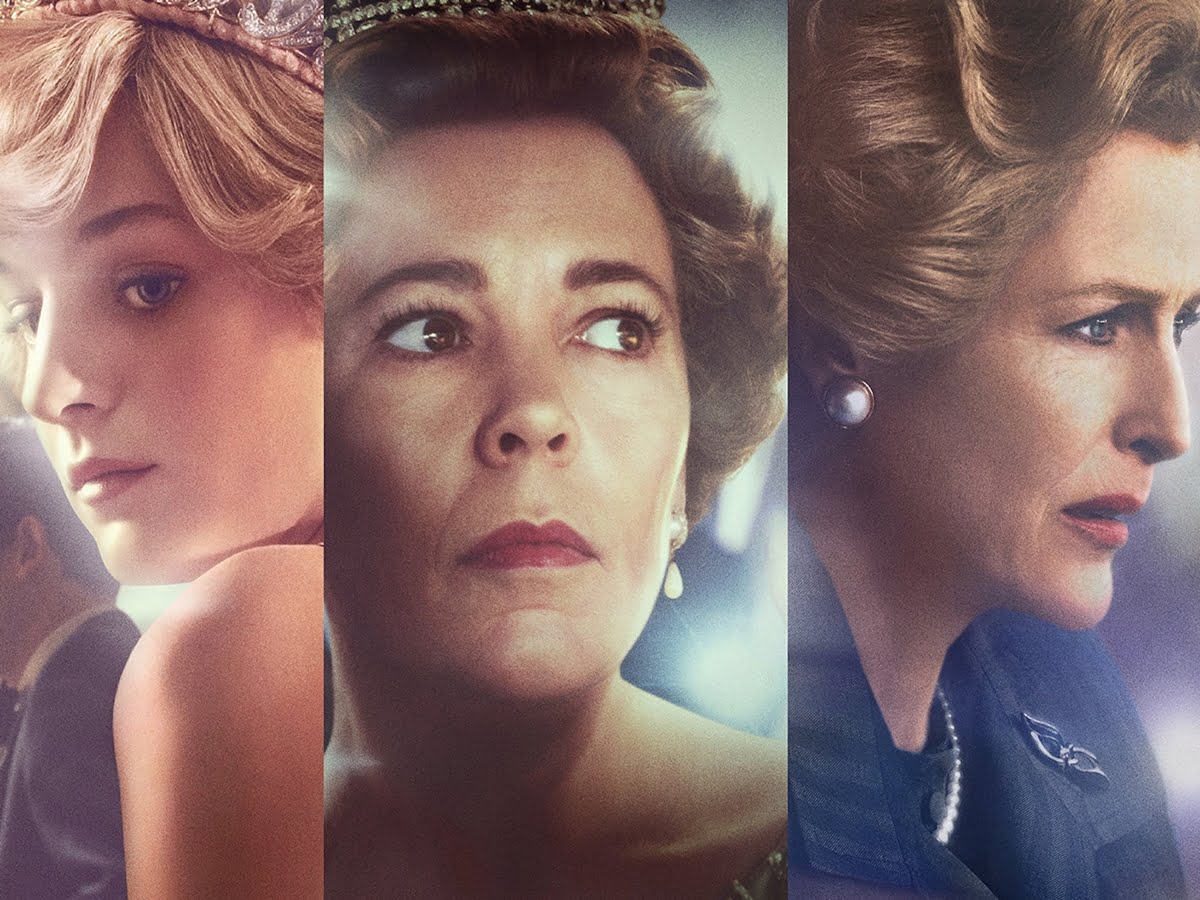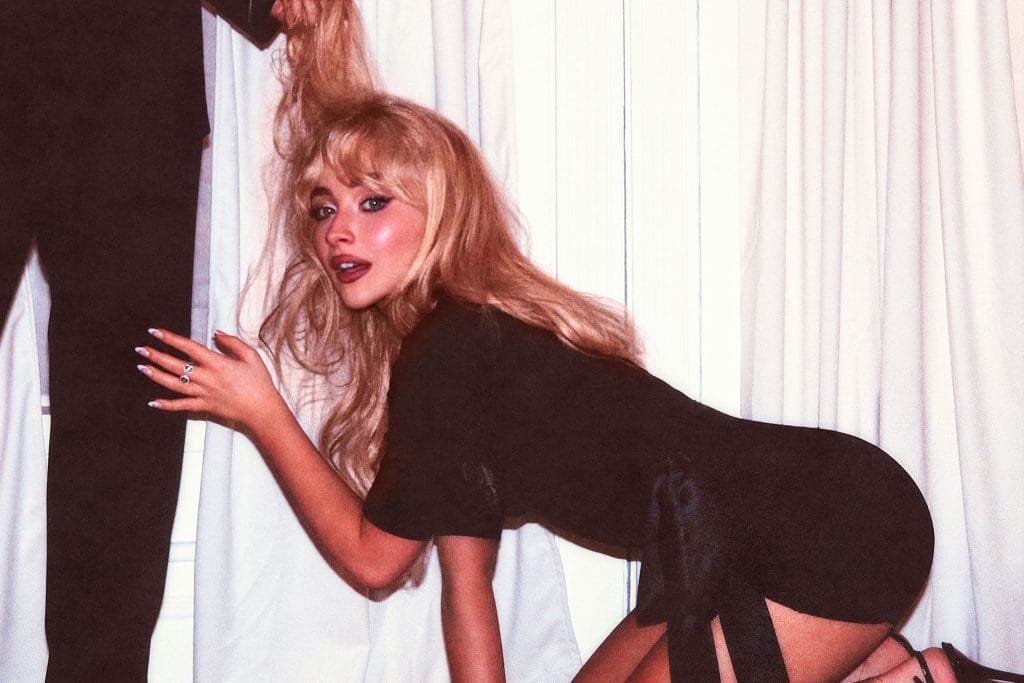A sword performs multiple functions. They are used in battles, which signifies a sense of community in people who are ready to mutilate another person in the name of manufactured culture, ethnicity and religion. It serves as a tool for resource gathering, post victorious battle, the land with all its resources comes under the king and the soldier who loot it. Since the middle ages, it became associated with the ritual of accolade which confers the passage of knighthood by tapping the flat side of the sword on both shoulders. By this brief introduction, one can conclude that it is associated with power, and the person who possesses the sword controls the power.
Peter Morgan and the team of writers of The Crown have a done a wonderful job of presenting the coming of Diana as a monumental shift and shone light on a problem whose undercurrents lay through out the seasons. Married at a young age to a man who thought of her not more than a beautiful distraction from forbidden love, through the lens of a broken marriage vicariously showcases the siloed existence of members of the royal family.
The Crown, a Netflix series, is the story of people who once held this sword. Set during the reign of Queen Elizabeth II, it showcases the family and political drama of the period. The Crown is in its latest season (season 4 ) and we are finally introduced to the most famous person in the British monarchy—Princess Diana. Peter Morgan and his team of writers have a done a wonderful job of presenting the coming of Diana as a monumental shift and shone light on a problem whose undercurrents lay through out the seasons. Married at a young age to a man who thought of her not more than a beautiful distraction from forbidden love, Princess Diana is shown through the lens of a broken marriage which vicariously showcases the siloed existence of members of the royal family.

Also read: ‘The Crown’ Review: Season 4 Is Boldly Spilling The Royal ‘T’ (Truth) & We’re Here For It
In The Crown, the British royal family comes off as reserved and unavailable, whom the Princess equates to the Tundra. The family sees love, empathy, selflessness and care as emotions not fit for people who must always carry the facade of monarchs–of someone above the normal people’s behaviors and emotions. Though the Glorious Revolution of 1688 significantly curtailed the power of the monarch from absolute power to a Constitutional Monarchy, the reverence and arrogance in the monarchs continued under the garb of duty. Cracks in these walls first appear with King Edward VIII, then princess Margaret, and the floodgates open with Prince Charles.
The Crown shows the marriage as dismantled as Diana came to represent what Charles desired – attention and appreciation. Far from the values associated with monarchy, everyone in the royal family believed that the Princess’ first trip would be a total disaster. On the contrary, she became the most celebrated and ‘loved’ member of the monarchy – a true princess. This shattered the belief of the monarchs that uptight behaviour is their true currency as individuals. They get so mesmerised in these roles and their hunger for power by seeming more and more extravagant, The Crown shows how they slowly became distant from their own family. Charles’ lack of appreciation and love from his mother created a void he yearns to fill; it also makes him rather dull as he seems to lack self-confidence. So, when Diana comes in the picture and becomes an instant hit with the people, his resentment towards her grows. The family as a whole resents her even as they openly discuss how badly she is suffering in the marriage as they too seem to have lost any sense of identity in front of her. Princess Anne and their aunt Margaret hate the attention she receives because their title, exaggerated by their aristocratic behaviour, doesn’t seem as important to the people as this outsider means to them. The power is under threat.

Power in the normative patriarchal definition is seen as wielded by a man and if not him, preferably by someone who can visually always act like a man. However, it doesn’t mean that being a man is the only way to power, but a continuation of an established tradition of power. The show presents how these values on which these men became kings would stab their future power holders. Every family meeting is preceded by grey clouds in The Crown, with the rain representing the feelings of the family when they get together.
Even Margaret Thatcher, a member of the working class, someone who didn’t know what power is in this aristocratic sense, the first lady prime minter of the UK, is a vehement misogynist. She doesn’t think women are fit to be a part of her cabinet as “they are too emotional” and prefers her son to her daughter. Similar to the fate of the royal family, Thatcher gains rivals within her party leading to the fall of her government by her kin, sooner than that of the royals. What I am trying to discuss here is how broad the concept of patriarchy is, misogyny just being a sub-section of it.

The Crown is all about power dynamics, hierarchies and abolition of anything humane or feminine, conveying the more distant, unforgiving and resolute you are, the better monarch you become.
Also read: Netflix’s ‘The Queen’s Gambit’ Checkmates Gender Tropes Of Our Society
The Crown is all about power dynamics, hierarchies and abolition of anything humane or feminine, conveying the more distant, unforgiving and resolute you are, the better monarch you become. The ideology only serves as a deterrent. It works on suppressing one’s feelings and pulling down others, reminding them how far they are from the throne. Diana represents the exact opposite of this with her affection and empathy, which only grows over time.
The family is as sharp and cold as a sword, stabbing members of their own family and not just the foes.
Maitreyi is a final year undergrad pursuing history honours. She views history as reality, and examines current social trends and political developments from a historical point of view to trace growth or recession in societies. She hopes to study post modernist history. She can be found on Instagram.
Featured Image Source: Independent




